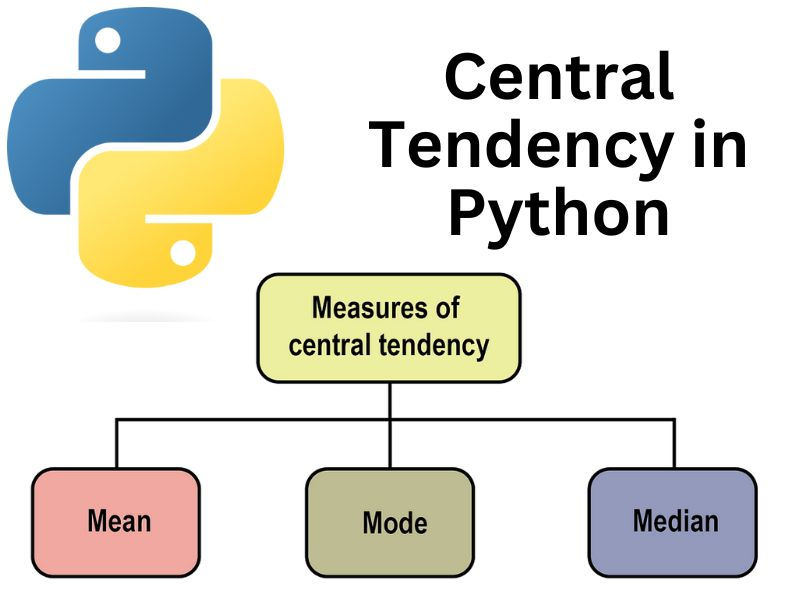How to Prevent Ransomware Attacks: Top 10 Best Practices
- offpagework1datatr
- Nov 25, 2022
- 3 min read

Ransomware technology was first developed by a Harvard-trained evolutionary biologist named Joseph L. Popp. Although ransomware attacks have been recorded as long back as 1989, it’s only in the past decade that the ransomware landscape has ramped up into life.
Ransomware is a part of malware designed to deny access to user computer data until a ransom is paid. Typically, ransomware is spread via phishing emails, users unknowingly visiting/interacting with an infected website, or weak passwords allowing an attacker to place the malware on an internal system.
Fortunately, you can take these above tips to protect against this kind of malware. Here are ten tips that can help protect your organization
1. Check for decryption tools
Security companies and Law enforcement have released decryption keys for several versions of ransomware through a project called No more Ransom.
2. Don’t pay the ransom
Yes, restoring systems that have been jeopardized can be long and expensive. However, you can’t trust hackers to keep promises.
3. Take data backups seriously
Don’t just back up data daily. Confirmed you have thoroughly tested your ability to rebuild systems and data in the event of a malicious attack. Consider removing essential assets to offline cold storage. Your backups are less unguarded to attack if disconnected from the network.
4. Strengthen patch management
Daily update systems with the appropriate security patches to ensure hackers can’t take benefit of known flaws, gain access to networks, and divide ransomware. Audit patching processes and valuate technologies and policies that can make them more productive, leveraging automation whenever possible.
5. Adopt multi-factor authentication
Most ransomware obtains access through the hijack of static passwords. Allowing multi-factor authentication on accounts through the network can help thwart hackers by requiring additional information.
6. Implement the least privilege
Degrade the risk of hackers gaining access to critical systems or important data by giving users only the bare lowest privileges needed to do their jobs. Identity and access management regulations can help you allow least privilege access based on who’s requesting it.
7. Filter web and email content
Email comprising malicious URLs is the commonly used ransomware attack process. Implement web and email content filtering tackles to block and quarantine threats and eliminate suspicious links from traffic before users can access them.
8. Monitor file activity
File activity monitoring solutions monitor the approachable file patterns of legitimate users and notice unusual activity. Implementing FAM can grant you real-time and historical data of all folder and file activity on your network file divides. It enables you to quarantine infected operators and devices in real-time, so you can investigate and block ransomware activities.
9. Extend your endpoint security
Visibility is vital to ransomware defence. Endpoint detection and response tools combine real-time constant monitoring and collection of endpoint data with a self-regulated response. Emerging extended detection and response (XDR) solutions spread these capacities to email, servers, networks, and cloud workloads to provide analysts with major context. They collectively bring cautions triggered by numerous security controls, enabling faster threat detection and response.
10. Complement efforts with threat intelligence
Keeping up with modern threat intelligence helps you notice an attack quickly, respond effectively, and obstruct the attack from spreading. Threat intelligence can also help you recognize where some of the attacks are arising and use that data to block incoming traffic at the firewall.
You can also read:



Comments